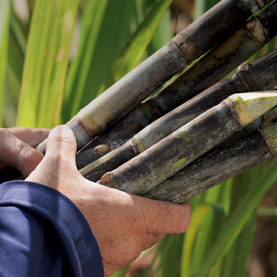what is sugar?
Sugar is a natural ingredient that has been in our diet for thousands of years.
We produce sugar (sucrose), which is made up from glucose and fructose, and extracted from sugar cane or sugar beet and often used during processing or cooking. Sucrose is also naturally present in most fruits and vegetables.
Different sugars have different properties (structure, texture, flavour, sweetness and preservative) but the property of each sugar is the same, whether they are naturally present in food and drink or used in preparation.
Sugars are carbohydrates that provide energy for our bodies. The most common sugar in the body is glucose which our brain, major organs and muscles need to function properly.




















